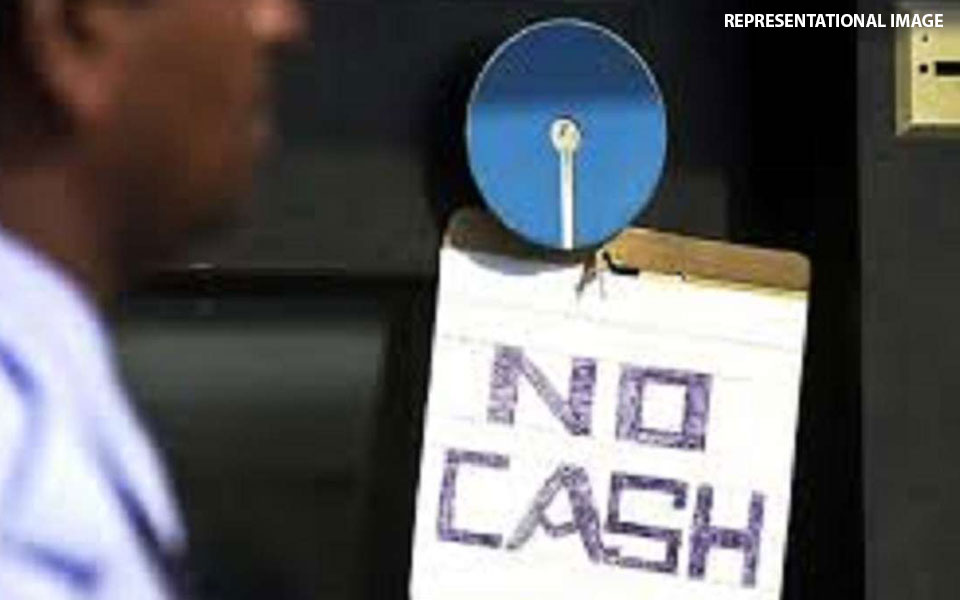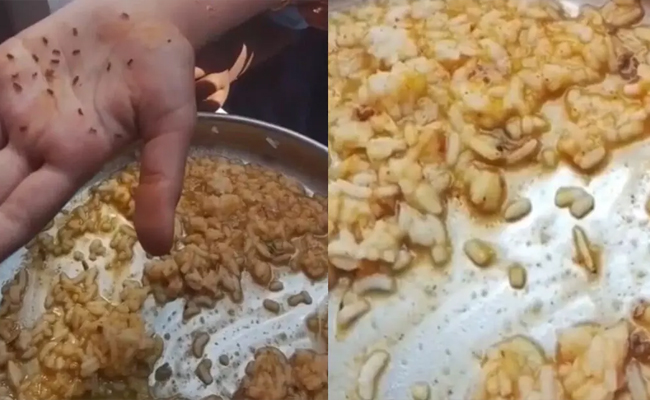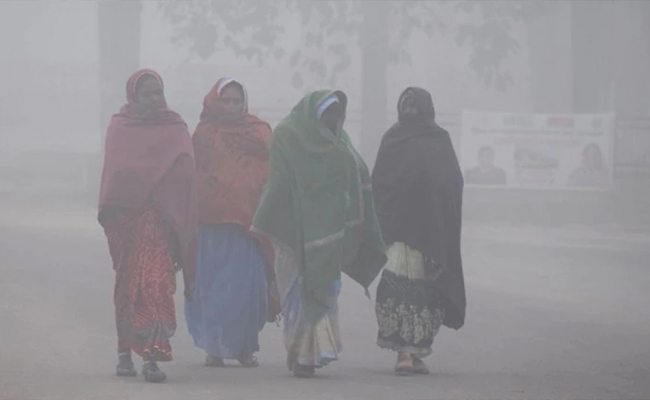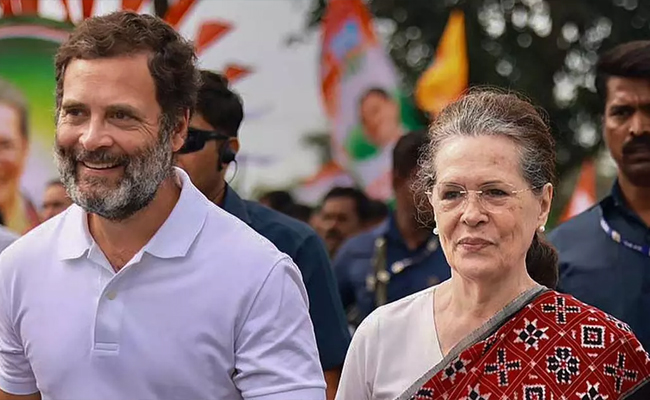Agartala/Kohima/Itanagar, May 5: The cash drought in most of the ATMs of the northeastern states has caused a lot of inconvenience for the people in the past few days.
Senior bank officials said that the delay in supplying of remittances by the Reserve Bank of India (RBI) in Guwahati caused the note crisis in most of the ATMs.
"We should put fresh notes in the ATMs to run the apparatus smoothly. Currently, the bank has old notes and we have asked the RBI in Guwahati to supply fresh notes of different denominations urgently," State Bank of India (SBI) Regional Manager Dipak Chowdhury told IANS.
He said, "We expect that the situation would be normalised by mid next week. This is a temporary phenomenon."
Reports of cash scarcities in the ATMs in Arunachal Pradesh, Nagaland, Manipur, Meghalaya, and Mizoram in the first week of the month have left the public in a state of anguish.
An SBI official in Itanagar said that the bank had to make an internal arrangement of cash from rural branches to urban branches to address the cash deficit.
Dimapur SBI Assistant General Manager Debjyoti Dutta said that the short supply of notes from the RBI aggravated the situation and hardships to the people.
"RBI would be disbursing the cash for Nagaland soon and ATMs would likely be refilled immediately. However, at the bank branches, there was still cash-at-hand to manage everyday transactions," Dutta said.
A bank official in Imphal said that the shortage was also due to the "overdraw" of cash out of ATMs.
An official of the United Bank of India (UBI) said that the ongoing problem is also due to RBI's introduction of rationing system in supplying cash to commercial banks.
"The RBI has been distributing cash to commercial banks in northeast India on a pro-rata basis that means disbursal of cash in proportion of total number of bank account holders of a state and that of number of bank branches in the region," the official added.
As the bank officials publicly clarified about the cash crisis in ATMs, various rumours also forced people to rush in ATMs and banks to withdraw money.
Let the Truth be known. If you read VB and like VB, please be a VB Supporter and Help us deliver the Truth to one and all.
New Delhi (PTI): A 23-year-old woman was found dead in her house in Delhi's Prem Nagar area, with police suspecting it to be a case of suicide, an official said on Tuesday.
The deceased, identified as Anjali Singh, was found motionless in her room on Monday by her sister and her neighbour.
Police said her father, Vinod Kumar Singh (51), told them that he and his wife were away at work at the time of the incident, while their son and the other daughter were also not at home at the time of the incident.
ALSO READ: Koppal: Worms found in midday meal at Ningapur Government School
According to the family, the room in which Anjali was found was locked from the inside. The door was later forcibly opened by a neighbour and her sister with the help of a crowbar.
Her body was found lying on the bed inside the room, police said.
Preliminary inquiry revealed that Anjali had allegedly hanged herself using a piece of cloth tied to the ceiling fan.
It is suspected that the noose eventually might have loosened or torn off, resulting in her being found lying on the bed.
Family members informed the police that Anjali was a final-year student of a librarian science course from Indira Gandhi National Open University (IGNOU). About a week ago, her final-year examination results were declared, and she had failed, following which she had been under depression, they said.
The family has not raised any allegation of foul play, police said, adding that no suicide note or external injury marks were found on the body during the initial inspection.
Inquest proceedings have been initiated in the matter as per the law. The body has been sent for post-mortem examination to ascertain the exact cause of death, and further investigation is underway, police added.





